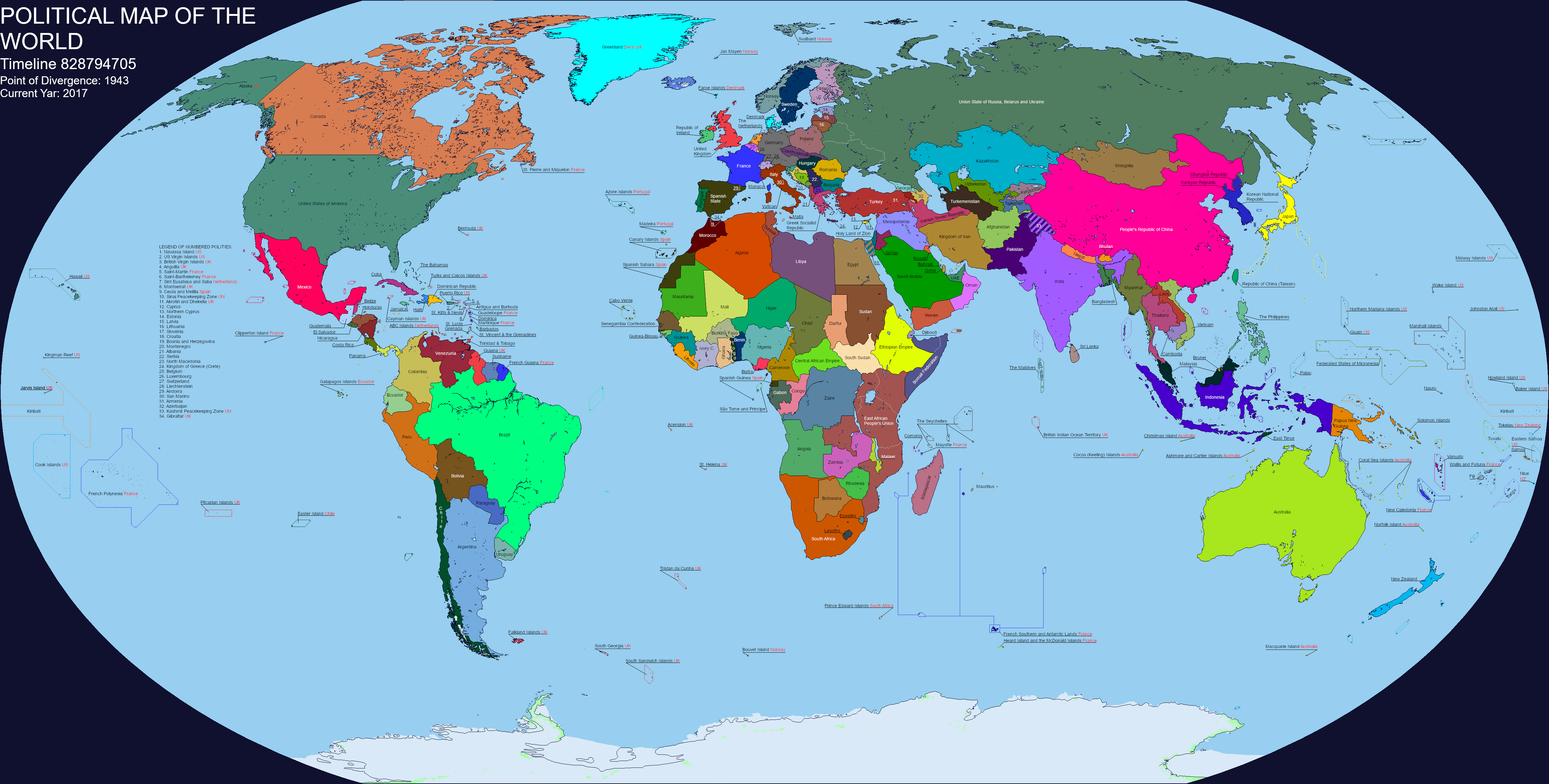The Kingdom of Italy in 1936
With the Great War erupting across Europe in 1914, Italy despite being in the Central Powers, decided to stay out of the war for the time being, with their alliance being viewed as a defensive one. The race was on between the Entente and the Central Powers on which side should Italy join. The Austrians during their secret negotiation with the Italians agree to hand over Italian majority areas in their territories (mainly Trentino). Meanwhile, the Entente weren't doing so well on the battlefields, convincing both the Italian government and the people that the Central Powers were the best choice. On May 24, 1915, Austria agree to concede Italian majority land to Italy, and on May 30th, 1915, Italy declares war on Britain and France and only hours after that their troops would march into France. The Italians were able to take Nice on June 18 and would march onto Gap, where trenches started to be built by both the French and Italians. German and Austrian forces would also see themselves arrive to southern France causing even more stress to the Entente. In Africa, Italian forces would see themselves fighting both the British and French, having invaded Tunisia and seeing Libya get invaded by the British and Egyptians. By 1917, The French would ee themselves overextended, having to send troops in both northern and southern France. Meanwhile, the US would see itself remain neutral in the conflict, with no sinking of the Lusitania to cause Anti-German sentiment to rise in the US. By 1918, with both British and French troops exhausted, and Russia out of the war, and the US neutral, The Central Powers would launch their offensive to take Paris, and on October 28, 1918, Paris falls, and on November 3, Marseille fall. On November 20, 1918, the Treaty of Berlin is signed, ending the great war with a Central victory. Italy gains several parts of southeast France, Corsica, Tunisia, Djibouti, and Somaliland. Having gained more territory than in the OTL, Mussolini never gains power and Italy never goes fascist. In Austria-Hungary, in 1920 it became clear that drastic reform is needed, and so on March 8, 1920, The United States of Danubia is formed as a federalized Austria-Hungary. In Russia, with the assassination of Lenin, poor choice by the red army commanders, more unified white forces, and German intervention, the Bolsheviks would collapse and the Russian Republic continue their existence. By 1936, Italy would see its economy in poor condition thanks to the Great Depression. Russia and France turn into Fascist dictatorships, The UK remains out of European affairs and tension would see themselves rise between Germany and France and Russia.
With the Great War erupting across Europe in 1914, Italy despite being in the Central Powers, decided to stay out of the war for the time being, with their alliance being viewed as a defensive one. The race was on between the Entente and the Central Powers on which side should Italy join. The Austrians during their secret negotiation with the Italians agree to hand over Italian majority areas in their territories (mainly Trentino). Meanwhile, the Entente weren't doing so well on the battlefields, convincing both the Italian government and the people that the Central Powers were the best choice. On May 24, 1915, Austria agree to concede Italian majority land to Italy, and on May 30th, 1915, Italy declares war on Britain and France and only hours after that their troops would march into France. The Italians were able to take Nice on June 18 and would march onto Gap, where trenches started to be built by both the French and Italians. German and Austrian forces would also see themselves arrive to southern France causing even more stress to the Entente. In Africa, Italian forces would see themselves fighting both the British and French, having invaded Tunisia and seeing Libya get invaded by the British and Egyptians. By 1917, The French would ee themselves overextended, having to send troops in both northern and southern France. Meanwhile, the US would see itself remain neutral in the conflict, with no sinking of the Lusitania to cause Anti-German sentiment to rise in the US. By 1918, with both British and French troops exhausted, and Russia out of the war, and the US neutral, The Central Powers would launch their offensive to take Paris, and on October 28, 1918, Paris falls, and on November 3, Marseille fall. On November 20, 1918, the Treaty of Berlin is signed, ending the great war with a Central victory. Italy gains several parts of southeast France, Corsica, Tunisia, Djibouti, and Somaliland. Having gained more territory than in the OTL, Mussolini never gains power and Italy never goes fascist. In Austria-Hungary, in 1920 it became clear that drastic reform is needed, and so on March 8, 1920, The United States of Danubia is formed as a federalized Austria-Hungary. In Russia, with the assassination of Lenin, poor choice by the red army commanders, more unified white forces, and German intervention, the Bolsheviks would collapse and the Russian Republic continue their existence. By 1936, Italy would see its economy in poor condition thanks to the Great Depression. Russia and France turn into Fascist dictatorships, The UK remains out of European affairs and tension would see themselves rise between Germany and France and Russia.

